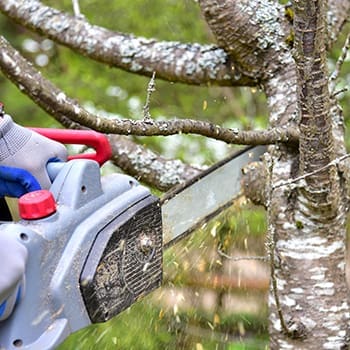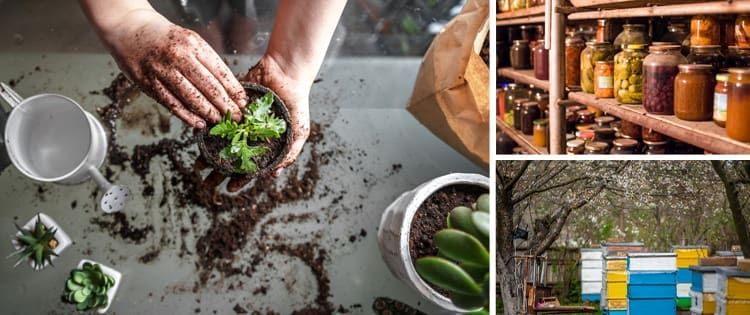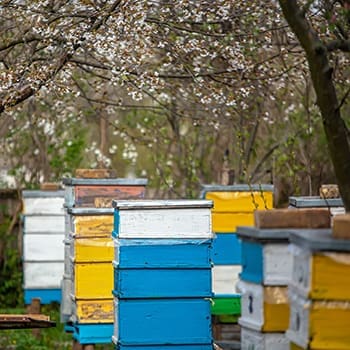April is the first month of the year that guarantees something to do outdoors for everyone across every homestead. Let’s take a look at all the work we’re doing across the country to get up, get going, and enjoy the oncoming spring season!
The Southeast
Winter has likely been gone for most of the southeast for quite a while by this point. Though there may be some remaining chilly days until the middle of the month (or perhaps even May 1st for those up in the hills and mountains), most of them are giving way to sunny times and rising temperatures.
those up in the hills and mountains), most of them are giving way to sunny times and rising temperatures.
For those who have not started garden plants inside, you’re running a little late on that now. It’s better to go on ahead and plan to start your plants direct sow methods. Freshen chicken nests, add rabbit manure to your gardens, and get ready for a lot of warm weather headed your way. This is also an ideal time to check pipes and outdoor faucets for leaks that may have happened over the winter, especially those in the same areas as your gardens. Leaks will often go unnoticed while you aren’t using them.
Check hoses for leaks and holes, look for signs of unwanted pests in livestock areas and around gardens, and settle on your plans for the rest of the year for your homestead.
The Northeast
Ah, you’re just digging out of the chill! And maybe not even yet. It’s the perfect time for those up north to start plants indoors, work on gardening plans, and make sure you’re cleaning out the rest of your hay stores. Though it’s fine if you have some rollover from last year, have a plan to get rid of excess, old, or moldy hay come the warmer months. It does make an incredible mulch for muddy areas that are ruined in your pasture over the winter, so consider doing that if you can keep the animals out of it.
Other things you can be looking forward to during the month of April are using up other stores from last year, such as root vegetables still in your cellar. You may also consider bulking up your compost in preparation for May and June gardening.
The Southern Midlands
Howdy, y’all! Like the southeast, you’ve probably already gotten away from any lingering cold weather. Check your particular growing zone to make sure it’s safe to start sowing, but it most likely is; that, or you’re getting into a time where that weather is getting close.
For those intending to garden, now is a great time to slosh out into the early spring rains and pound in T-posts for trellises, pasture expansion, or hay growing areas as so desired. Beekeepers can probably use this time to start waking up their bees; early pollination flowers are already up and going, so there’s no reason to wait any longer.
Most young livestock are probably already on the ground. Keep them going and start selling animals for competition!
The North Midlands
You’re probably the coldest part of the country yet, especially if you’re still seeing the occasional lake-effect snow.
So, what can you be doing to prepare the homestead for the upcoming spring? Clean! Clean out your pantries and let the poultry have a feast of it. This will give them a little extra added weight after overwintering and get them going on making you breakfast.
Another fine thing to do is to go out and plow. If your ground is unfrozen, this is a great time to pour fertilizer down (ideally alpaca, llama, sheep, goat, or rabbit manure that has had a little time to break down) and work it into your soil. After all, the more time that your soil has to really work in those nutrients, the more even and beneficial they will be for your plants.
You’re another area that may consider starting plants, but not delicate ones. Plants that take a long time to grow, such as loofah, or plants that are cold-hardy, like leafy greens, are ideal to start working with.
The Southwest
Did winter even show up? After all, sometimes it can be hit or miss. If you’ve had a long winter this year, you’re certainly coming out of it by April. Most of your plants are likely already in the ground or in their raised pots. Whether you have trees or grass is uncertain, since the southwest covers very varied terrain. If you do have bushes, trees, and other long-term plant friends, this is a good time to start trimming them back and creating healthier growth on them for the year to come. The wind storms aren’t far and you don’t want them dropping branches that should have been taken down in the first place.
Another very important thing to do during April on your southwest homestead is to talk to your hay farmer if you are in need of hay. Prices have jumped after the first cut is on the ground, so get there before everyone else and reserve what you’re going to need for your animals before it costs you more.
The Northwest
Another heavily varied area, but we do know there’s one thing that you can always count on: rain.
Even in the aridest climates in this section of the country, there are almost always downpours during the earlier spring months. March starts us off, but April is really drenching everything.
So, what can you do while you’re waiting for the waterfalls to stop rolling off your gutters? In areas where moss is frequently growing on roofs, go ahead and hose and treat your roof. This helps encourage a healthier roof and season for your house, making it less friendly to mold and mildew that is so common and so hard to get rid of.
Related: Best Crops For Your Survival Garden
You may also want to take this time to start considering what you want out of your livestock this year. Though your livestock has probably already had their babies for the season, you’ll be a month or so behind the midlands (most likely). This is when you decide what you want to keep and what you want to sell.
Poultry may also start laying if they have enough light. Consider giving them an extra few hours of light in the morning with an automatic light timer out in the pen. Always make sure that you light the pen going into dawn, and never shut off the lights suddenly at night. This can disorient and terrify your birds, causing some sensitive species to die from its stress of it.
No matter where you live, there are a few extra things everyone should be doing: watching for flooding, keeping track of the weather for severe storms, and stocking up on both antihistamines and sunscreen. The first one you’ll need sooner rather than later, and the second you’ll need once you’re outside all day long in the hot summer months. Be aware that sunscreen is usually on sale during this time of year, as opposed to the summer when prices may actually go up.
Conversely, try to buy your early gardening and livestock supplies no later than now. You’re going to need them and they only get more expensive from here on out.
You may also like:
9 Wild Edibles You Should Forage This Spring
The Bunker Food You Need To Have Right Now (Video)
How To Make A Great Depression Pantry









